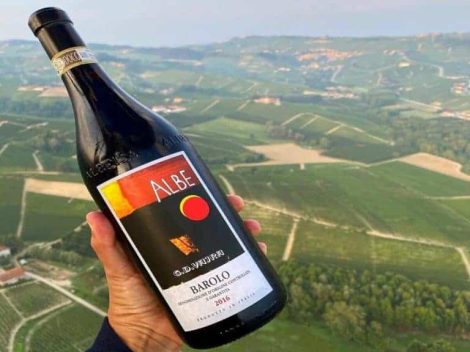Italian flavour: the contours of our cuisine
The true Italian flavour means recognising one's whereabouts from what one is eating: region, city or possibly countryside. The Italian flavour is a journey with the palate acting as a GPS, capable of perfectly taking us to our destination, the place of origin of the product. We just celebrated the fifth edition of the Week of Italian Cuisine in the World, bringing back to the centre stage the values of the Mediterranean Diet and the work of an extraordinary writer and gastronome like Pellegrino Artusi, 200 years after his birth. Tastings, dinners, online conferences, video-recipes by chefs, tutorials, insights, special openings were held in all corners of the world for a grand celebration of Italian food and wine tradition. This was an opportunity to reaffirm the contours of our cuisine and our flavours. It's precisely abroad that the contours of how we eat in Italy take shape even more clearly.
Italian flavour: tasteful food and the role of products
Yes, we like to eat tasteful food, a term that in wine is often mistaken for 'savoury,' which is a taste sensation that leads back to salt, which reinforces the flavour, prolonging it in the mouth. It certainly has nothing to do with the amount of salt used in the kitchen. It has to do instead with the cultivation of the product, with the minerals in the soil, with the terroir and its biodiversity. The Italian flavour is not the expression of a technique, but of a protagonist who forcefully takes the stage: product and its origin. Flavours such as the spiciness and intensity of an Umbria extra-virgin olive oil: or a ripe, sweet tomato with a vibrant acidity like the Corbarino campano variety; a Sicilian orange that is capable of spreading its potent scent in a 100 square meter apartment. These flavours are our veritable national treasure. So much so that often when we are abroad, we Italians have the feeling that food lacks a pinch of flavour, of intensity.
Italian cuisine abroad
Our palate is set on high parameters of freshness and acidity, a taste that veers towards the dry, in fact the use of sugar or sweet sauces in our recipes is actually quite rare. Same for our wines, which on average are sharper in their acidic or tannic texture, and for this reason become masterful companions of the table. No competition, really. This is why this aspect continues to grow immoderately abroad, with an offer that has finally changed its face. Let's forget the mangled names, the overcooked pasta, restaurants whose insignia is reminiscent of coastal vacation destinations. These are dead restaurants walking and there are less and less of them around the world. The Italian dining scene abroad has become the stage for a new generation of very young, talented Italian chefs who are raising the quality bar of our cuisine. They obsessively seek the Italian flavour in the kitchen, in wine, in our very own exquisite way of living at the table. A journey seated at the table sans passport, something that these days is more welcome than ever.
by Lorenzo Ruggeri

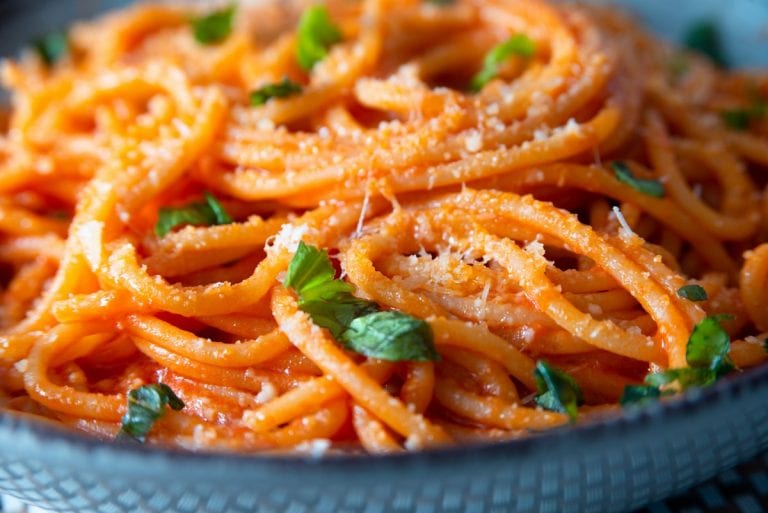
 Italian wine exports reach €5.1 billion in the first eight months of the year
Italian wine exports reach €5.1 billion in the first eight months of the year A Supertuscan takes the podium in Wine Spectator’s rankings
A Supertuscan takes the podium in Wine Spectator’s rankings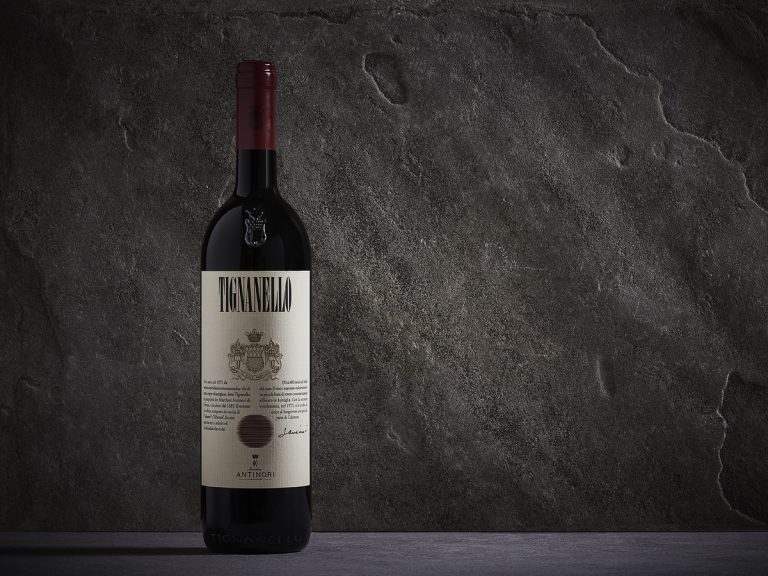 After 50 years, Tignanello still captures the spirit of the times
After 50 years, Tignanello still captures the spirit of the times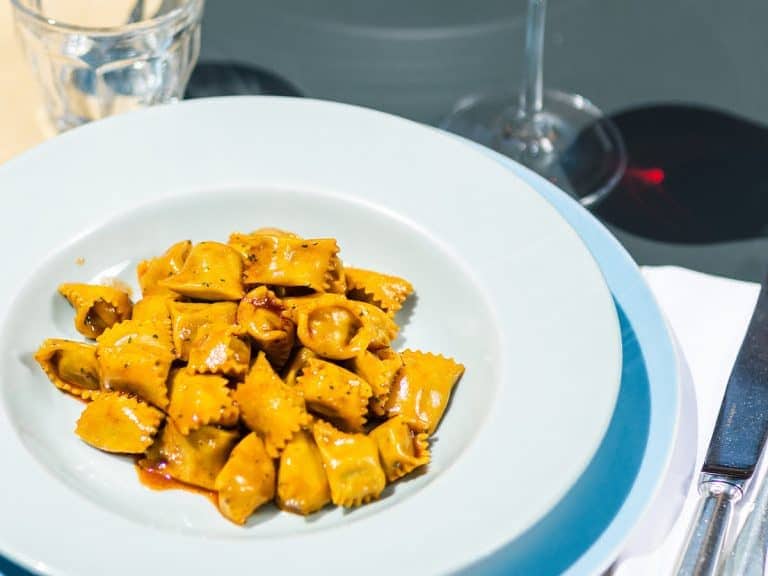 In the White Truffle Capital, one of Italy's best new trattorias (with the touch of one of Italy's top two Chefs)
In the White Truffle Capital, one of Italy's best new trattorias (with the touch of one of Italy's top two Chefs)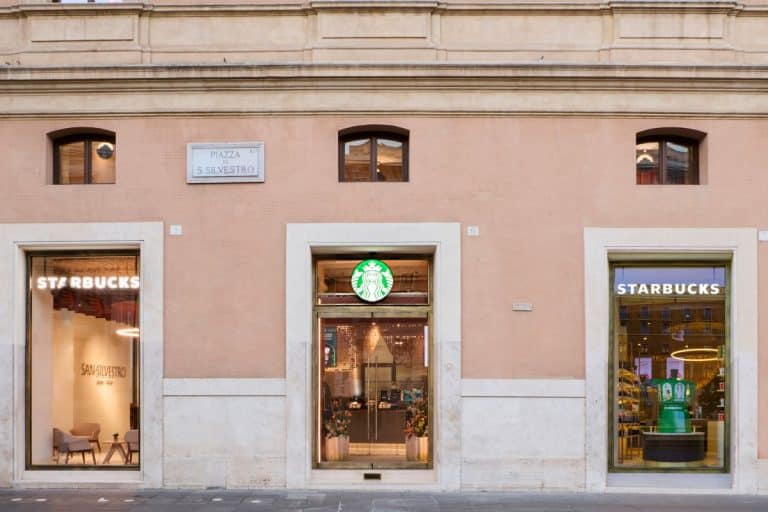 The first Starbucks flagship store in Europe opens in the heart of Rome, featuring a dedicated Mixology Bar
The first Starbucks flagship store in Europe opens in the heart of Rome, featuring a dedicated Mixology Bar




